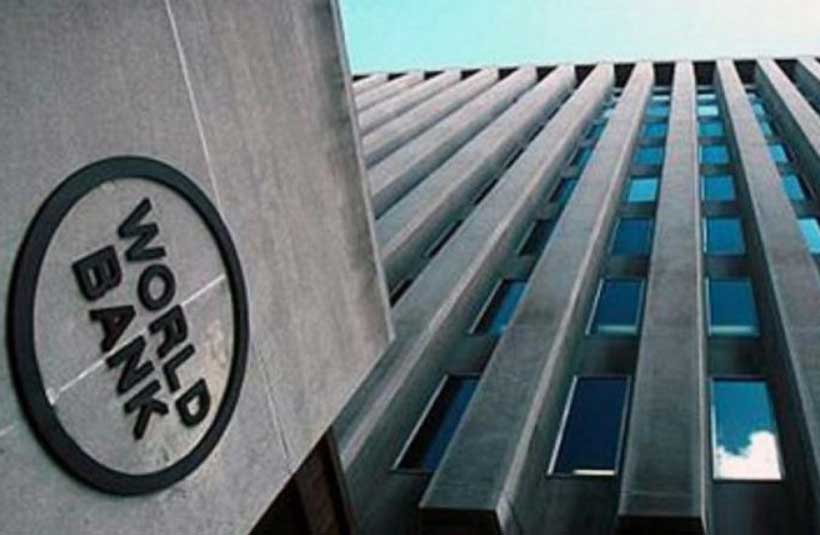New findings from the World Bank highlight significant disparities in the distribution of social spending across 133 countries. The data shows that, on average, only 26% of social expenditures effectively reach the poorest 20% of the population, raising concerns about the effectiveness of government programs aimed at reducing poverty.
Sectoral Differences in Pro-Poor Investments
The report underscores variations in how different sectors allocate resources:
- Direct Transfers (such as cash assistance) are the most effective in reaching low-income populations.
- Health and Education Spending lags behind, with a lower proportion of funds benefiting the poorest groups.
These findings suggest that while social protection programs can play a crucial role in poverty reduction, inefficiencies in allocation may limit their impact. Policymakers are urged to reassess spending strategies to ensure that resources are better targeted toward those most in need.
For further details, you can explore the full report here.



